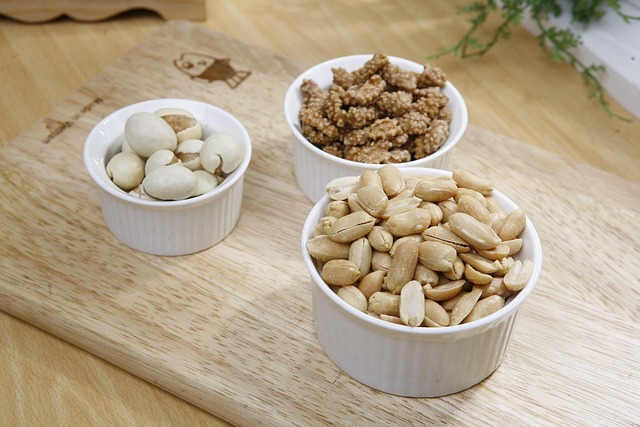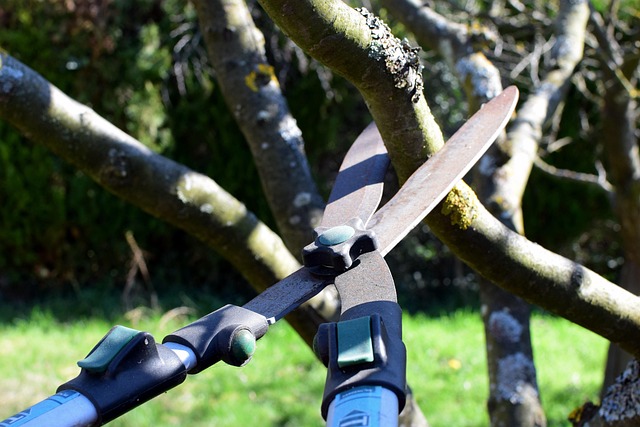
Healthy Snacking for Digital Detox Tech Versus Human Rest
In a world where screens dominate our mornings, lunches, and late‑night scrolling, the simple act of eating can become an overlooked source of nourishment and rest. A digital detox doesn’t just mean turning off notifications—it also means resetting the way we feed our bodies and minds. By choosing the right healthy snacking options, you can give your brain the fuel it needs to unwind, while still keeping your digital habits in check.
Understanding Digital Detox
Digital detox is more than a buzzword; it’s a conscious effort to step back from constant connectivity. Continuous exposure to blue light, rapid information streams, and endless social comparison can overstimulate the nervous system. The result is a tired, irritable brain that struggles to relax. Removing that stimulus gives the body an opportunity to reset, allowing the nervous system to shift from a high‑alert state to a restorative mode.
During a detox period, people often notice improved sleep, clearer focus, and a greater sense of presence. However, if the body is hungry or deprived of key nutrients, these benefits can be undermined. That’s where healthy snacking becomes a strategic ally.
Why Healthy Snacking Matters During a Detox
Eating well supports the brain’s ability to transition from the “fight or flight” state associated with constant digital input to a calm, restorative state. Proper nutrition stabilizes blood sugar, reduces cortisol spikes, and promotes neurotransmitters that facilitate relaxation, such as serotonin and GABA.
In contrast, sugary or highly processed snacks can create quick spikes in glucose followed by crashes that mimic the jittery, attention‑driven feel of being on a screen. By planning thoughtful, balanced snacks, you can maintain steady energy and create a natural lull in mental demand.
The Science of Snack Timing
Research shows that the timing of food intake can influence circadian rhythms. A moderate snack in the early afternoon can prevent mid‑day dips in alertness, while a light, protein‑rich option before bedtime can support restorative sleep. When you’re disengaging from technology, aligning your snack schedule with your body’s natural rhythms enhances the restorative effects of a detox.
“Timing your snack the way your body’s clock likes helps you fall into a peaceful rhythm,” says Dr. Elena Ramirez, a neuro-nutritionist who studies the impact of diet on sleep cycles.
Balancing Tech and Human Rest
Human rest is more than just sleep; it’s a series of micro‑breaks that recharge mental resources. While technology can amplify stress, it can also serve as a tool for mindful rest if used intentionally. For instance, guided meditation apps can lead you through breathing exercises that promote relaxation. The key is to set boundaries: choose specific times for tech‑free breaks, and pair those moments with nourishing snacks.
When you replace screen time with a quiet snack ritual, you reinforce the habit of treating your body as a priority. Over time, this balanced approach can reduce dependency on digital stimuli and create a healthier relationship with technology.
Choosing the Right Snacks
Here’s a quick guide to selecting snacks that support a digital detox:
- Protein & Fiber Combos: Pairing protein with fiber slows digestion, keeps you full longer, and prevents blood sugar spikes. Think nuts with a piece of fruit.
- Omega‑3 Rich Foods: Foods high in omega‑3s, like walnuts or chia seeds, support brain health and reduce inflammation.
- Complex Carbs: Whole grains, such as quinoa or oats, provide sustained energy without the crash associated with simple sugars.
- Hydration Pairings: Sip herbal tea or infused water alongside your snack to support hydration, which is often overlooked during a detox.
Sample Snack Ideas for a Tech‑Free Mind
Below are a few thoughtfully balanced snacks you can prepare in advance. Each recipe is designed to be quick, satisfying, and conducive to a relaxed state.
Mid‑Day Power Plate
A handful of mixed nuts, a sliced apple, and a small container of Greek yogurt. The nuts supply protein and healthy fats, the apple adds fiber and natural sweetness, and the yogurt gives a dose of probiotics that support gut health—a key player in mood regulation.
Evening Calm Bowl
Combine a cup of oatmeal, a tablespoon of ground flaxseed, and a sprinkle of cinnamon. Oatmeal is a complex carb that promotes serotonin production; flaxseed adds omega‑3s, and cinnamon helps stabilize blood sugar.
Quick Refresh
Slice cucumber and carrot sticks, then dip them in a hummus made from chickpeas, tahini, lemon, and garlic. This snack provides crunch, plant protein, and healthy fats—all while keeping the calorie count moderate.
Practical Tips for Incorporating Snacks into Your Detox Plan
1. Plan Ahead: Pre‑portion snacks into small containers. This eliminates the temptation to reach for sugary or processed foods when you’re bored with a screen.
2. Mindful Eating: Set a timer for 5–10 minutes during each snack. Eat slowly, savor each bite, and note how your body feels. This practice increases awareness of hunger cues and reduces the urge to multitask with your phone.
3. Set Tech Boundaries: Decide a “no‑screen zone” in your living space, like a corner with a cozy chair and a snack board. When you enter this zone, your brain associates the environment with rest.
4. Stay Hydrated: Keep a water bottle or tea kettle nearby. Dehydration can mimic hunger and lead to over‑snacking.
5. Track Your Progress: Keep a simple journal noting snack times, portions, and how you felt afterward. Seeing the pattern can reinforce the positive effects of healthy snacking on rest.
Addressing Common Misconceptions
Many people believe that any snack during a detox is counterproductive. That’s not the case. The key is choosing foods that align with the goal of calm. Snacks high in refined sugars, trans fats, or artificial additives can exacerbate inflammation and make it harder for the nervous system to relax. By contrast, whole, nutrient‑dense snacks help maintain steady energy and support the body’s natural repair processes.
Balancing Mindfulness and Food
Mindfulness practices—such as focused breathing or gentle stretching—are often paired with a healthy snack to maximize the detox experience. For example, a 5‑minute breathing exercise followed by a handful of berries can anchor you in the present moment, making it easier to disengage from constant notifications.
Long‑Term Benefits of a Snack‑Powered Detox
When you consistently pair healthy snacking with deliberate tech breaks, you build a sustainable rhythm that nurtures both brain and body. Over time, you may notice:
- A reduction in digital fatigue.
- Improved sleep quality.
- Greater clarity in daily tasks.
- Enhanced emotional regulation.
- A stronger sense of gratitude for simple, nourishing foods.
These outcomes illustrate that healthy snacking is not a temporary fix but a cornerstone of long‑term well‑being.
Conclusion: A Holistic Approach to Rest
In the battle between technology and human rest, the healthiest strategy is not to choose one over the other, but to integrate the benefits of both. By treating snacking as a mindful, restorative practice, you can use food to counterbalance the overstimulation of screens. Healthy snacking, when timed and chosen with intention, becomes a tool that helps your nervous system reset, your body heal, and your mind find peace.
Begin your next digital detox by preparing a small snack kit—nuts, fruit, yogurt, and herbal tea—and set a clear boundary for your tech usage. Observe how your body responds, and adjust the snack composition to suit your personal rhythm. Over time, you’ll discover that a simple, well‑chosen snack can be as powerful as a night’s sleep in guiding you back to a state of balanced rest.

